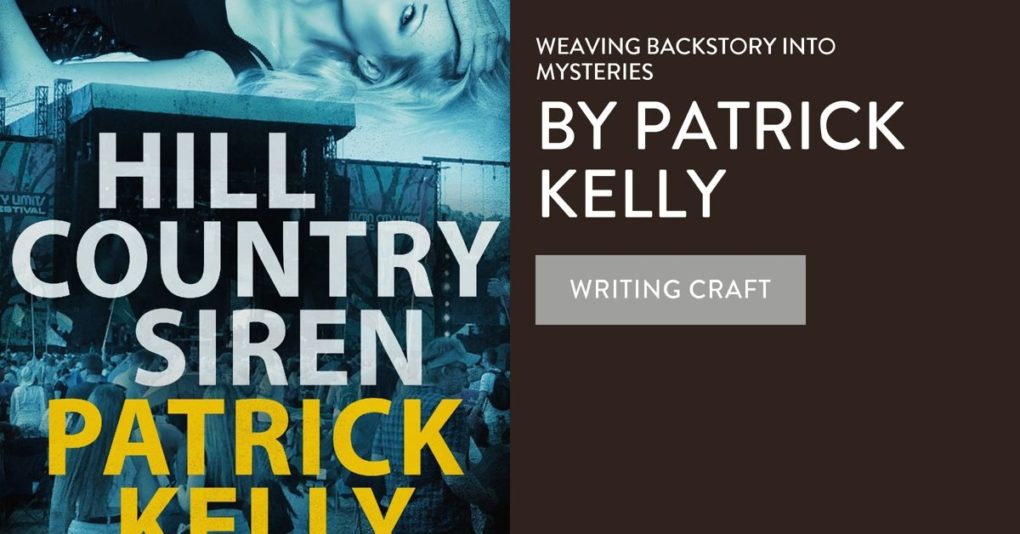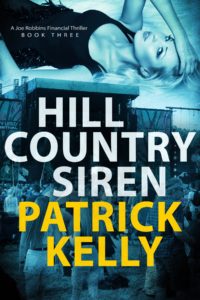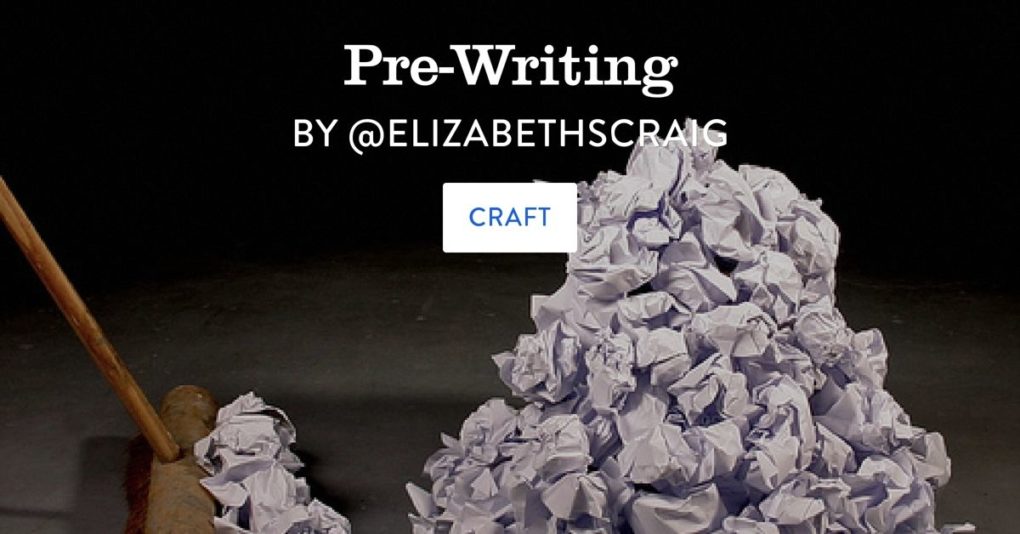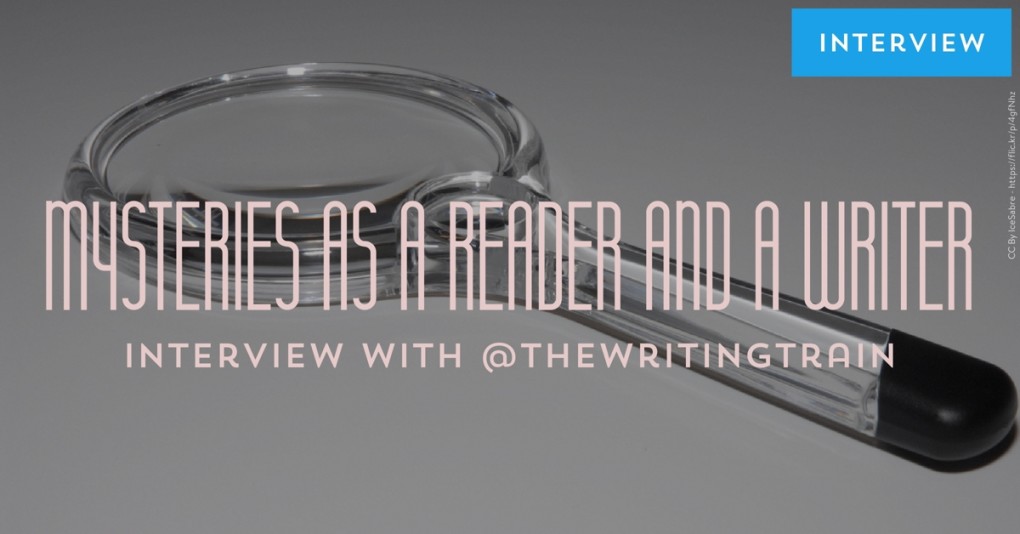
by Patrick Kelly, @pkfiction
For two and a half years I slaved over my first novel, arranged and rearranged the plot, constructed and deconstructed the characters, and polished each sentence twice. Then I gave it to my editor and waited . . . anxiously . . . for three weeks.
Her response came.
She loved the story and my writing but had some “meta-feedback.”
First suggestion: Delete the first five chapters.
OUCH!!!!
My baby.
What about my hero? Readers need to know where he comes from, why he’s here, and all about his relationship to the other characters. They care about these things.
Ah . . . actually . . . they don’t, at least not yet.
I need to SHOW readers the backstory, not TELL them (Heaven forbid I should tell them . . . SHOW don’t TELL).
Ah . . . actually . . . don’t do that, either.

What readers care about up front is THE FORWARD STORY not the backstory. They want to know what the story is about, and they want to be hooked, early.
Get to the forward story fast and weave the backstory in as you go.
To study how one successful author handled backstory, I suggest you read (or reread) the first chapter of The Hunger Games by Suzanne Collins.
I counted forty instances of backstory in the first chapter, which seemed like a lot, but Collins integrated it into the forward story so well that millions of readers (repeat-millions of readers) gobbled it up and went on to read the entire series.Continue reading






